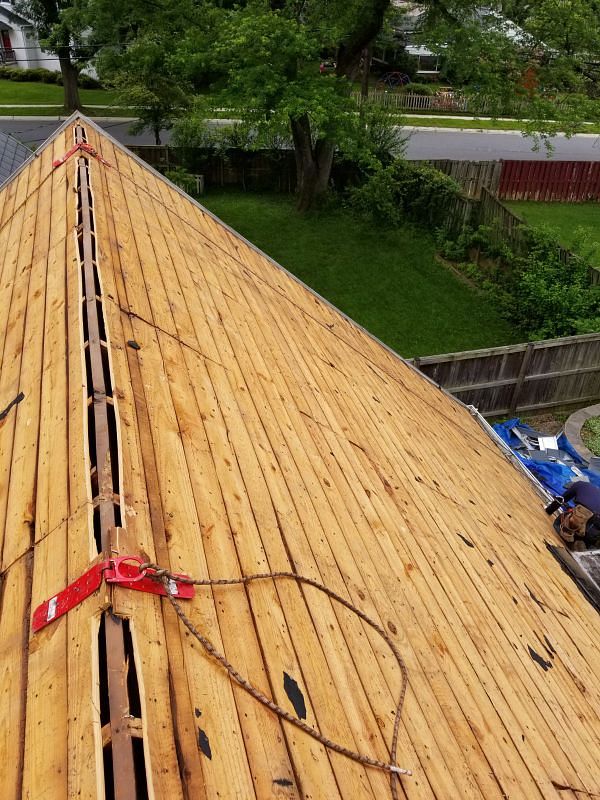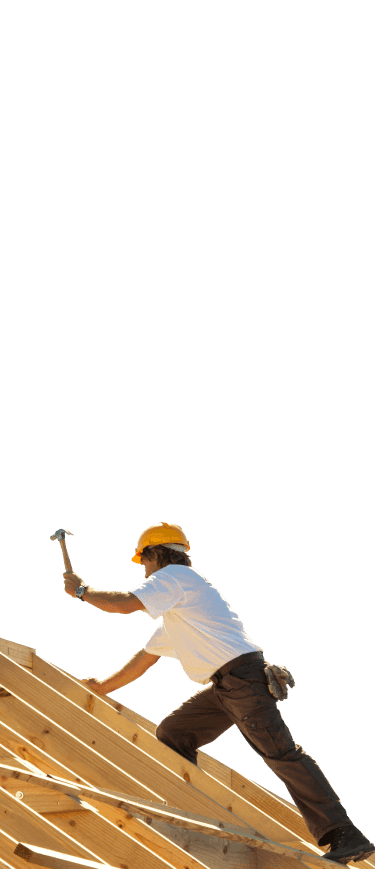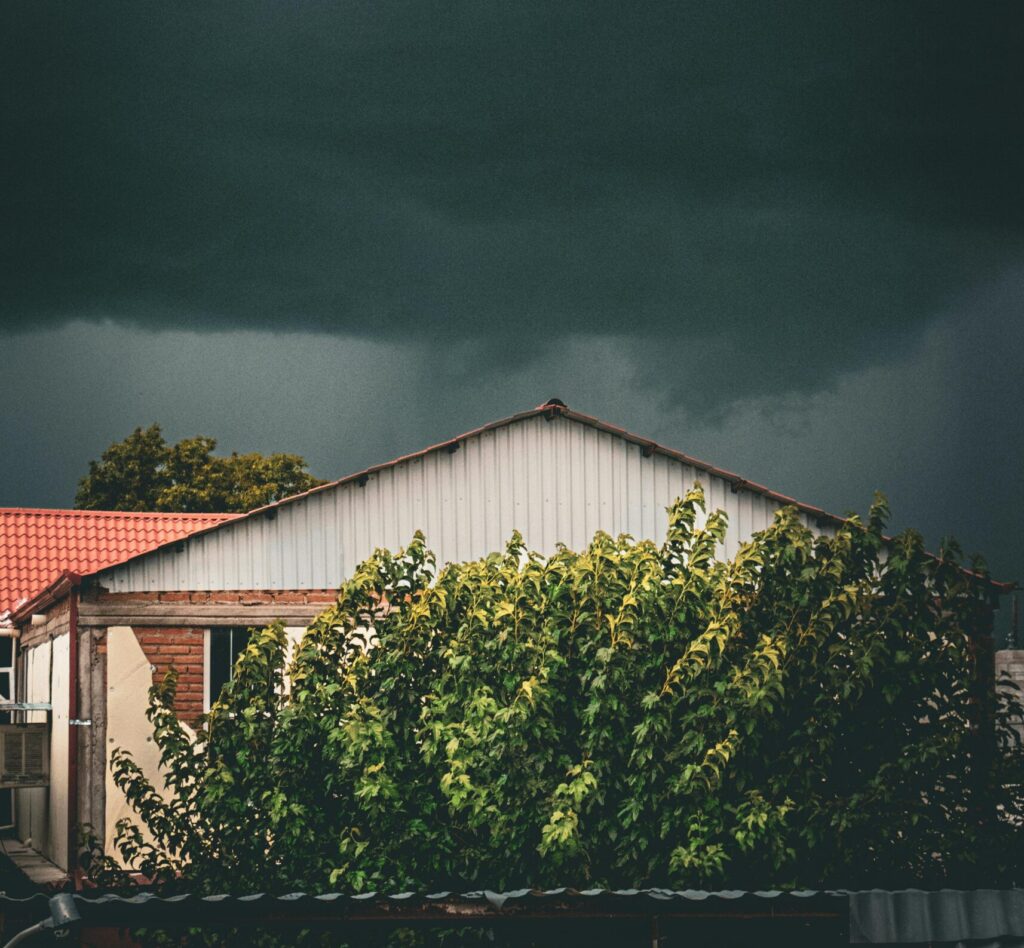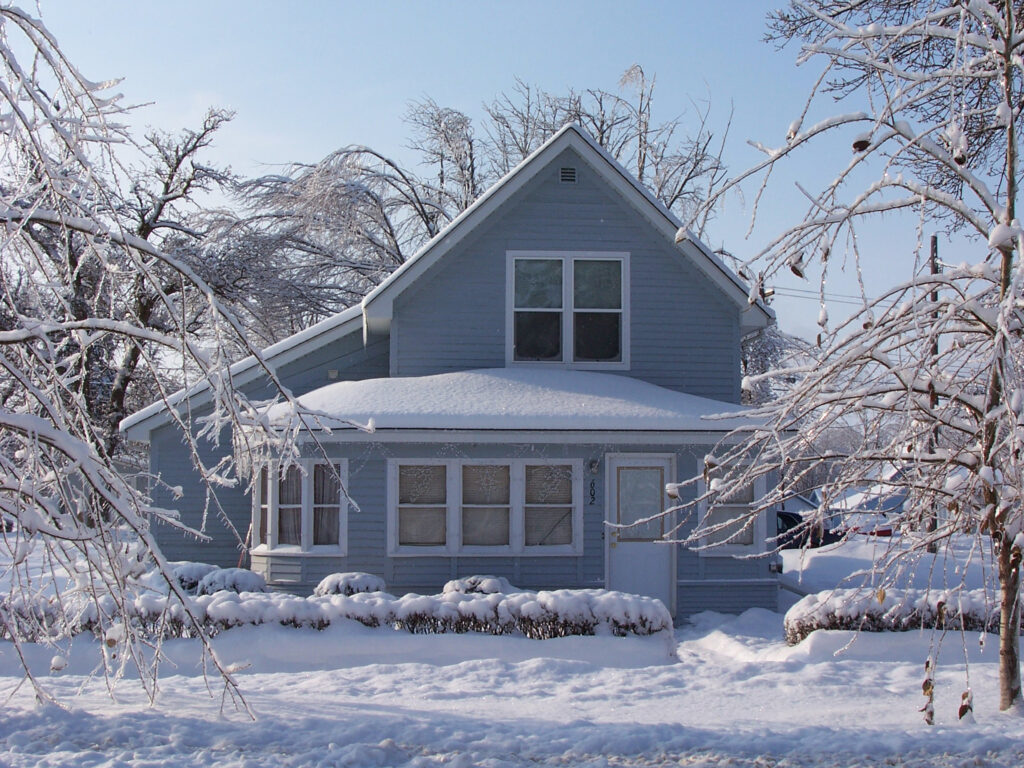What Types of Plywood Are Used for Roofing?

Roofers have a number of structural panels to choose from when deciding on an appropriate roof sheathing, including plywood, OSB, and zip wood. So, what are the differences in roof plywood?
CDX Plywood
Plywood gets its strength from multiple layers of wood bonded together. The wood grain alternates from layer to layer, adding significantly to the strength of the plywood sheet. A special grade of plywood called “CDX” is popular for roof sheathing.
No, the “X” in CDX plywood does not stand for “exterior.” Rather, it references the kind of glue used to bond the layers of veneer together. CDX plywood can withstand temporary exposure to rain and other moisture sources.
For both roofers and homeowners, this characteristic of CDX plywood provides essential peace of mind. With CDX plywood, the three letters represent:
- C: The grade of the front of the plywood sheet.
- D: The grade of the back of the plywood sheet.
- X: The type of glue used to bond the layers.
“A” grade plywood is devoid of knots and other imperfections, and it’s the highest plywood grade. A C-grade surface is perfectly acceptable for use under shingles and roofing felt. The D-grade surface is perfectly acceptable on the underside of the plywood sheet. Overall, when it comes to roof sheathing, CDX plywood represents an ideal balance between price and functionality.
Half- or three-fourths-inch plywood for roof sheathing?: Traditionally, half-inch CDX plywood was the common choice with 24-inch rafter spacing. However, heavier roof loads may require the use of three-fourths-inch CDX plywood for roof sheathing. Roofs with less pitch often carry heavier loads, including snow and ice accumulations in winter. If plywood of inadequate thickness was used on your roof, a total roof replacement is more likely.
Plywood vs. OSB (oriented strand board): Ironically, OSB takes longer to get saturated when wet, but it also takes substantially longer to dry. The edges of OSB may noticeably swell when exposed to moisture. Although OSB manufacturers address this with a special edge sealant, edges cut on-site remain vulnerable to this quality of OSB. The swollen edges may create “ghost lines” that show right through the shingles.
Best CDX Roof Plywood
There are different levels of CDX roofing plywood on the market, so it’s important to know which is the best. Your best option is A-grade CDX plywood, as it provides the strongest durability for your roofing materials. This plywood has been tested and given an “A” grade, proving its quality and long-lasting nature.
ZIP Wood
ZIP wood is an engineered product known for its strength and durability. A key to ZIP wood is the use of a water-resistant barrier that still breathes. This vapor-permeable barrier eliminates the need for roofing felt.
All five layers of ZIP system insulated sheathing are moisture-resistant, making it easy to work with in places like Montgomery County that are known for such variable weather.
The simplified two-step installation reduces labor costs by as much as 40% when compared to traditional plywood sheathing and felt installations. Roofers simply install the panels and tape the seams.
The result is a continuous, rigid air barrier that greatly reduces air leakage. Homeowners enjoy greater energy efficiency, lower utility bills, and a smaller carbon footprint.
Oriented Strand Board (OSB)
Oriented strand board is a manufactured material consisting of wooden flakes and providing stability in load-bearing situations. While a popular part of roofing projects, it can take a long time to dry once it becomes wet. However, it can resist saturation, making it an excellent material for roofing.
What Thickness of Plywood Is Best for Roofs?
There are various thicknesses of plywood, giving you options when it comes to choosing the right thickness for your roofing needs. Typically, half-inch plywood or ¾ inch plywood is the best for roof sheathing. This provides a solid foundation for your shingles while not overloading the decking with heavy wood.
What Size Plywood Is Right for Roofs?
Plywood comes in a variety of sizes, so it’s important to know your options and how to choose the best for your property. Common types of plywood include:
- CDX plywood: This material features two layers (A C- and D-grade sheet), glued together with high-quality glue.
- ZIP wood: This is a five-layered wood that’s very resistant to water while providing breathability.
- FRT plywood: This material is fire-retardant, providing exceptional defense against flames.
At BRAX Roofing, we work to stay on top of the latest developments in energy-saving, long-lasting roofing materials.
Contact us today, and we’ll schedule a visit by one of our friendly, knowledgeable estimators. We’ll patiently answer your questions as you come to a roofing decision that’s in your best interests.
We Deliver Quality
That You Can Trust

Contact Us for a Free Estimate
What to Expect When
You Choose Our Team
We’re Committed to You
Every Step of the Way
- Meet to discuss your project and free estimate.
- Select materials and colors for the look you want.
- Arrange payment through financing or your insurance.
- Install new roofing, siding, or gutters for amazing results.
- Ensure you’re 100% satisfied with our services.





